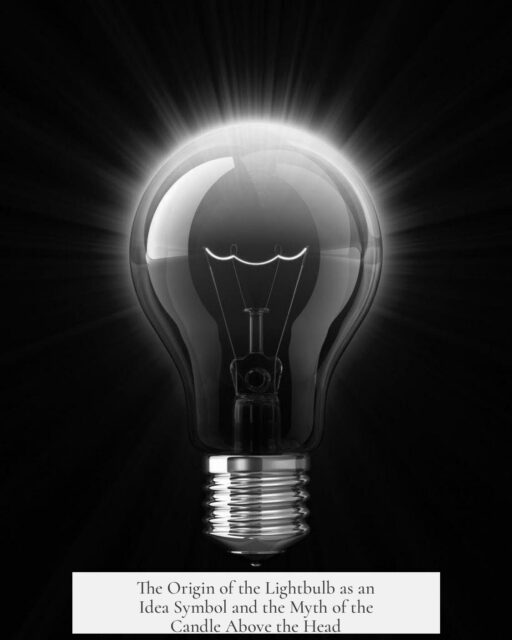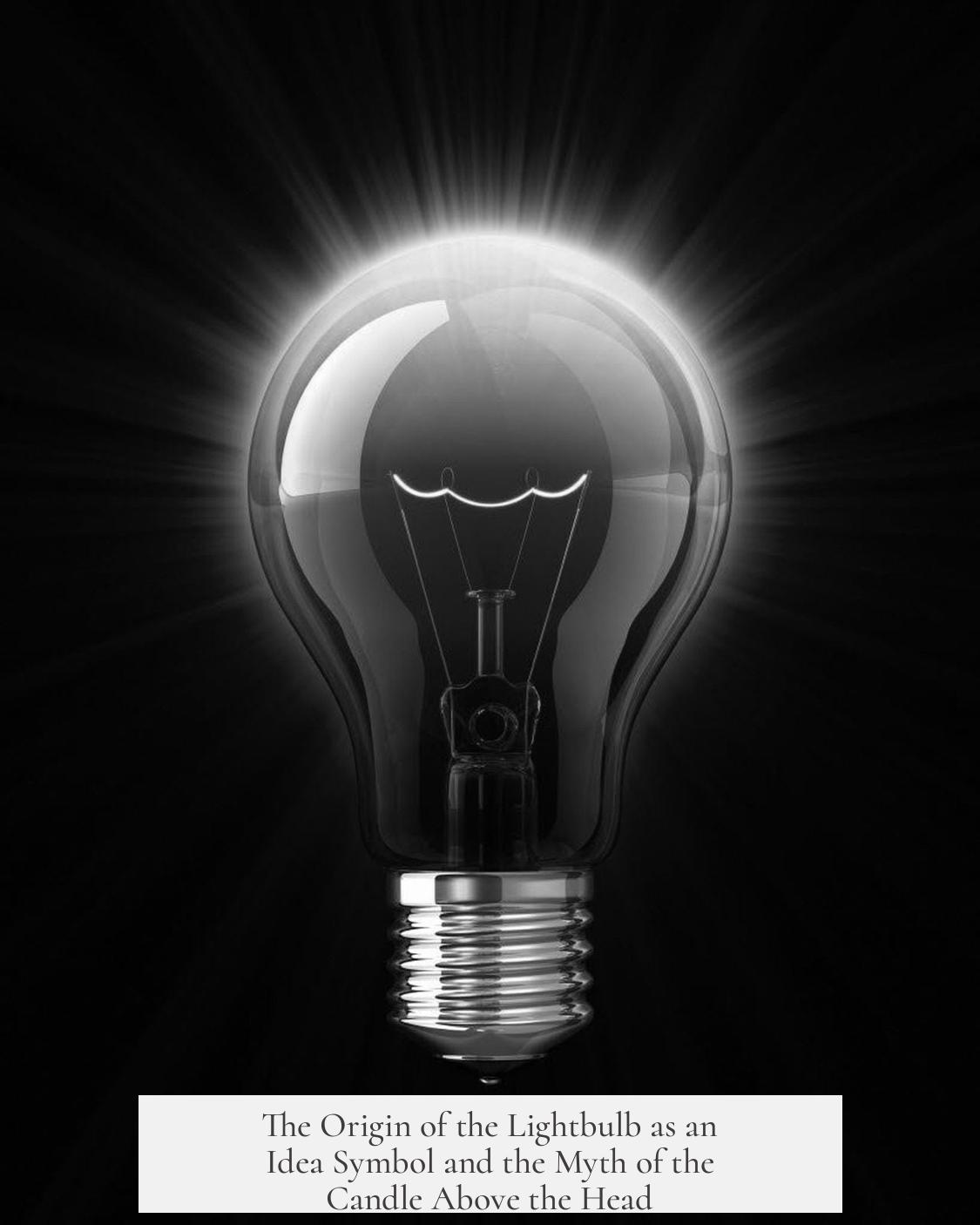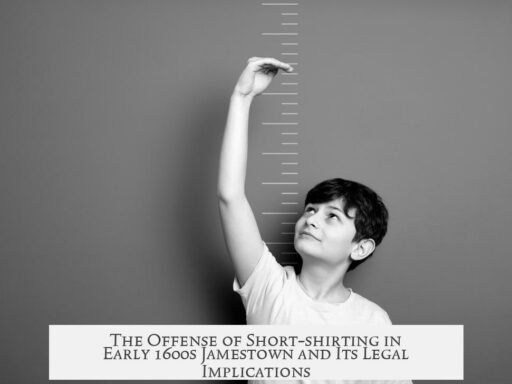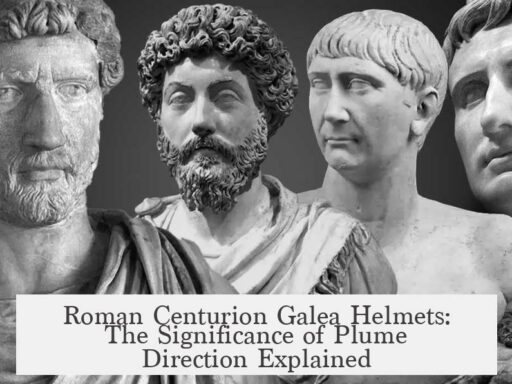The lightbulb over the head as a symbol for an idea likely originates from early 20th-century animation, with the most direct precursor appearing in the 1935 Max Fleischer cartoon Betty Boop And Grampy. In this cartoon, the character Grampy wears a thinking cap topped by a light bulb that lights up when he solves a problem. This visual device closely resembles today’s iconic ‘idea bulb’ symbol.

Before this, the 1920s Felix the Cat animations contributed indirectly to the association between light bulbs and thought. Felix often had question marks above his head to denote puzzlement or thought, and in one short, The Cat and the Kit (1925), the cartoon served as a commercial for General Electric’s Mazda light bulbs. Another Felix cartoon, Bold King Cole (1936), featured his head transforming into a glowing light bulb after being struck by lightning. However, this was a visual gag, not a metaphor for a new idea.
There is no verified historical evidence that a candle ever appeared over someone’s head to represent an idea. While light sources such as candles were common in earlier periods, the symbolic association between illumination and ideas specifically emerged in the era of electric light. The electric light bulb, being a new and striking technology of the early 1900s, probably helped cement this metaphor visually and culturally.

- Felix the Cat popularized pictograms like question marks for thought but did not pioneer the ‘idea bulb’.
- The first clear depiction of a light bulb indicating an idea appears in the 1935 Betty Boop cartoon.
- No known cartoons or artworks show a candle over the head as an idea symbol.
- Electric bulbs symbolized sudden insight due to their association with illumination and modern innovation.
How Did the Lightbulb Over the Head Come to Represent an Idea? Was There Ever a Candle Over the Head?
If you picture someone having a good idea, you probably see a bright lightbulb popping up above their head. But where did this icon come from? And was there ever a humble candle flickering above someone’s noggin instead? Let’s untangle this quirky bit of visual culture, tracing the story from early animation to its place in modern cartoons.

The Misconception: Felix the Cat and the Idea Lightbulb
One popular origin story credits the 1920s cartoon character Felix the Cat for inventing the ‘idea bulb.’ This makes sense at first—Felix frequently used symbols above his head to illustrate thought, especially question marks. But despite claims floating around the internet, no definitive Felix cartoon actually shows a glowing lightbulb turning on as a sign of a new idea.

Felix’s head did transform into a literal lightbulb in the 1936 short Bold King Cole, but this was just a funny visual gag. After being struck by lightning, Felix’s head becomes a giant glowing bulb, which he can switch off by turning his nose. It has no connection to him suddenly thinking of a brilliant plan.
In short: Felix is a pioneer of presenting thoughts visually, but he didn’t invent our iconic idea lightbulb.
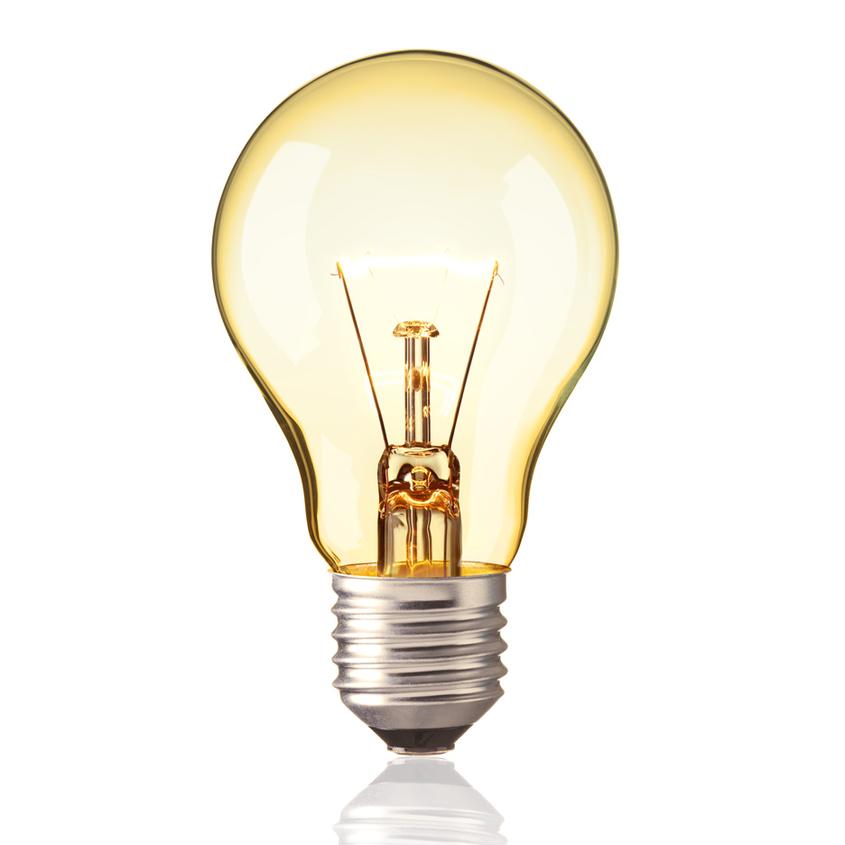
The Visual Language of Thought: Punctuating Felix’s Mind
What’s fascinating about Felix is his interaction with pictograms. He often uses question marks above his head when solving problems, literally grabbing and transforming them—turning question marks into golf clubs or cranks.

This playful treatment of thought symbols might explain why Felix became linked to the idea-bulb concept over time. Cartoonists saw how useful these floating thought-icons were, even if the classic lightbulb wasn’t there yet.
So, Where Did the Idea Lightbulb First Appear?
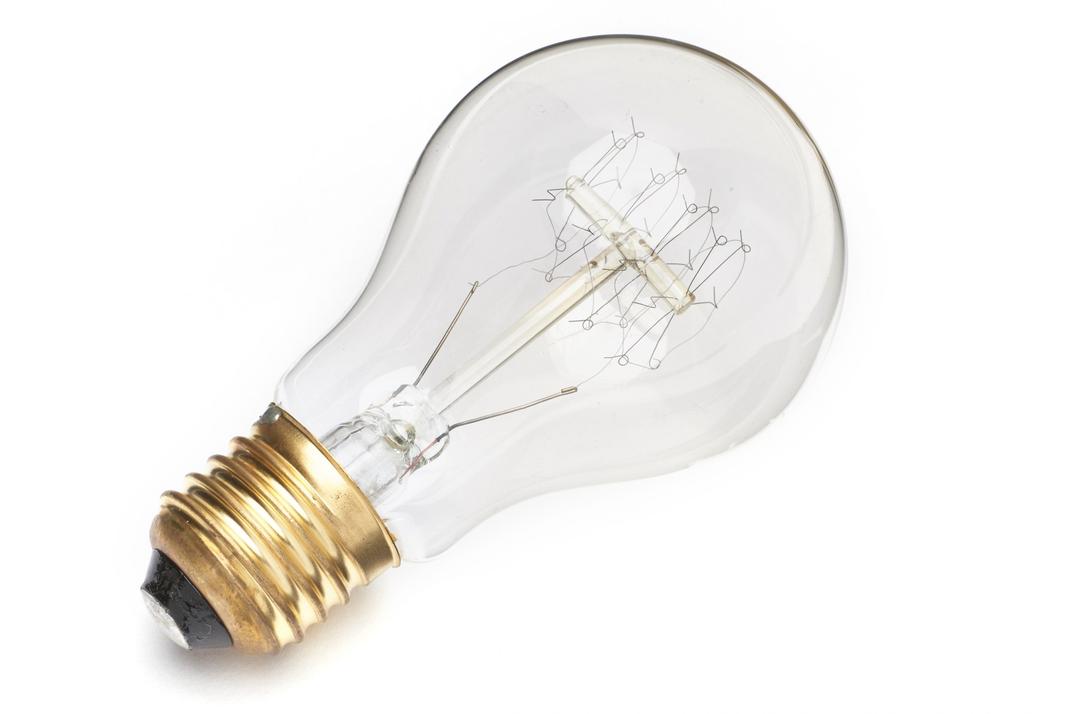
The earliest known instance of a lightbulb actually lighting up over a character’s head, signaling a new idea, comes from a different animation: Betty Boop and Grampy from 1935.
In this short, the character Grampy wears a “thinking cap” with a real lightbulb attached. When Grampy solves a problem, the bulb illuminates. Unlike Felix’s gags or pictograms, the lightbulb here is a physical object in the scene (a diegetic object), but functionally it represents a bright idea—just like our modern icons.
This is arguably the first clear animation that cemented the lightbulb as a universal symbol for creativity and insight.
Was There Ever a Candle Over the Head Representing an Idea?
Surprisingly, no historical evidence suggests that a candle ever served as the symbol for a lightbulb’s predecessor on the head to indicate thinking or ideas. The idea of a candle flickering above someone’s head seems more like a charming invention for stories or jokes but never a widely known or standard visual metaphor.
Candles traditionally symbolize illumination of a room — or a life, in a more poetic sense — but visually, they aren’t clean or convenient enough to float neatly above a cartoon character’s head like the lightbulb does. Besides, the flicker and flame might imply danger rather than inspiration!
Why the Lightbulb? Practical Symbolism in a Bright Package
Think about it: the lightbulb was invented in the late 19th century and became one of the most powerful symbols of modern invention and progress by the 1920s and ’30s, when cartoons like Betty Boop and Felix the Cat were at their peak.
The lightbulb’s bright, glowing filament obviously fits perfectly as a metaphor for “something turning on” in the mind. It’s symbolic of inventions, breakthroughs, and new insights. Plus, the image is clean, simple, and instantly recognizable—perfect for quick visual storytelling in films, ads, and comics.
More Than Just a Cartoon Gimmick: The Cultural Impact
Since those cartoons, the floating lightbulb has infiltrated pop culture, from comic strips in newspapers to today’s digital emojis. It’s become the shorthand for a “Eureka!” moment.
So next time you see that glowing bulb pop up over someone’s head, you can smile knowing it’s a clever invention by early animators inspired partly by Felix’s playful thought symbols and truly popularized by the lightbulb-wearing Grampy.
Tips for Using the Idea Lightbulb Symbol in Modern Design
- Think of it as a universal icon for innovation, best used when you want to highlight creativity or breakthroughs.
- Keep it simple—don’t overcrowd the visual. The charm lies in its instantly recognizable brightness.
- Consider animation tricks: a flicker or glow can signal “aha!” moments to viewers.
- If you want to be quirky, try mixing in vintage elements—like Grampy’s thinking cap—for nostalgic flair.
Summary
The lightbulb over the head as a symbol of a new idea didn’t exactly come from Felix the Cat, though he popularized other thought symbols. The first real animated depiction of a “lit-up” idea lightbulb is in the 1935 Betty Boop and Grampy cartoon. Meanwhile, the candle never made it into the visual vocabulary of ideas. The lightbulb fits the metaphor perfectly—bright, clean, and modern.
Curious to see this evolution in action? Check out the Felix the Cat shorts and the Betty Boop classic. Watching them side by side reveals a fun slice of how culture and technology shaped one of the most enduring visual metaphors we use today.
